We often hear about the word clinging in Buddhism, especially when we discuss the dependent origination. Clinging can also be translated as "sustenance" or "feeding". Feeding what? Feeding the mind with "mental food" (as thoughts).
As Thanissaro Bhikkhu says in one of his talks "the mind has no 'hands' to cling". So how does the mind cling to things? Here we will explore the mechanism of clinging by using the mind works model. Clinging to sensual desire is discussed in this post.
As Thanissaro Bhikkhu says in one of his talks "the mind has no 'hands' to cling". So how does the mind cling to things? Here we will explore the mechanism of clinging by using the mind works model. Clinging to sensual desire is discussed in this post.
We have already discussed how the mind performs "multi tasking" using cognitive series in a previous post called: Are we really "multi tasking"or is it just another sophisticated function of the mind?
Before we explore the main topic of clinging, we will examine the difference between seeing and looking*. We will take the same driving example here as in a previous posts. When we see a car in front of us, while driving, we just see it. We keep driving without thinking about it. We see the traffic light changing. We stop and then go again without thinking about it. Now supposing you see a car you have never seen before in front of you and you like it, you will see it first and then look at it. Think about it.
Now there is a difference between seeing and looking. In the initial seeing of the car only the primary cognitive series is used. This is the mere perception of the car. This generates the first thought about it. The thoughts from then on are a product of your active will, which is present and can shape your experience about the new car. Your feeling and memory will play a part in these thoughts as discussed in a previous post as secondary, tertiary and quaternary cognitive series to add more information about the car (Figure 1). The mechanism of this was discussed in a previous post called: Are we really "multi tasking"or is it just another sophisticated function of the mind?
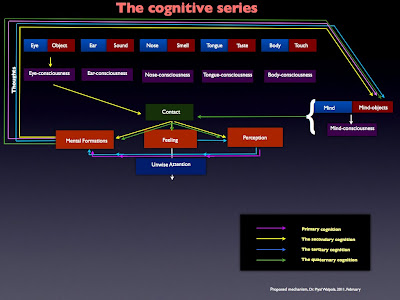
Figure 1
When we look, an active thought process occurs. There is will present here. Now you are "locking on" to the object because the craving for the object that is present. In this example it is the new car. As long you have craving to look at the object you can keep the attention and a countless number of cognitives series (primary, secondary, tertiary and quaternary) are generated at a rapid speed (Figure 2). Now the flow of incoming sensory information from the object may be called taints or fermentations (asava) and we will examine this in detail in the next post.
Now where does craving arise and where does it dwell when we look at a object? Figure 3 below shows where craving is generated and dwells using the mind works model.

Figure 3
When you "lock on" to an object you desire, as said before, there are a countless number of cognitives series (primary, secondary, tertiary and quaternary) generated. There is craving that arises at each step during the process. This is really what is known as clinging (Figure 4 below). The mind is functionally clinging to the object with numerous thoughts at a very rapid speed. This could also be regarded as mental proliferation of the mind in the present.

Figure 4
So this is where craving leads to clinging in the dependent origination or dependent co-arising. Here what is shown is the clinging is to sensual desires. This clinging will be present until the next moment you see another object and the attention changes.
The other five senses and their respective stimuli behave exactly the same. Therefore Mind is like a "working of a radio" changing its six channels tuning in to the channel we desire and clinging at times due to the craving.
All these thoughts that are generated in this clinging is what is called Becoming (Bhava) or kamma that will make a result in the future result (Vipaka). This is the link where clinging that will lead to Becoming. At the end our last thought will become the rebirth kamma that will shape our rebirth consciousness and birth and was discussed in a the post Rebirth: How does it work? A model based on the dependent origination.
All these thing happen in the background of ignorance and we have discussed this topic in other posts. Training our mind only to see, when you see (not looking), only to hear, when you hear (not listening)..., (same applies to the other senses) should be our training. Interestingly this was the brief instructions Buddha gave to Bahiya in the famous Bahiya Sutta
and he attained full enlightenment contemplating on this alone.
Clinging to identify things as mine is an innate desire or craving of all human beings. Clinging to our body (form), feelings, perceptions, thoughts and consciousness (the five aggregates) as mine
*Seeing and looking in this post:
Seeing is passive here. You are just the observer, no craving or clinging is present here.
Looking is active here. You are actively involved in looking and seeking some object. There is craving and clinging present here. The same applies to hearing/listening and of other senses.
.043.jpg)
















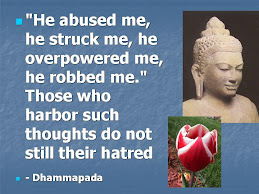

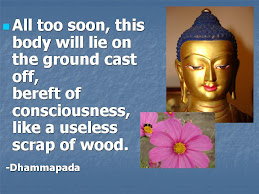

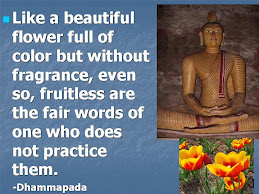
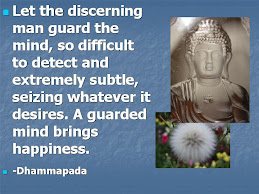

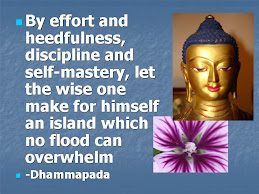

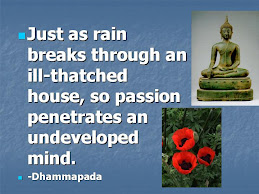


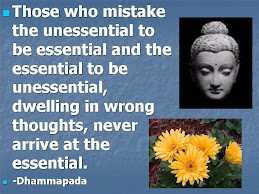
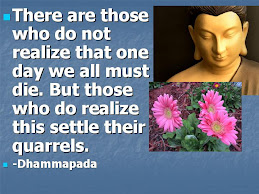
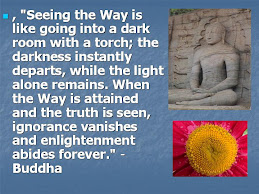

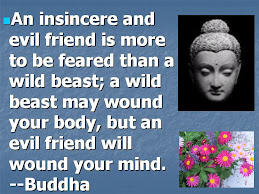
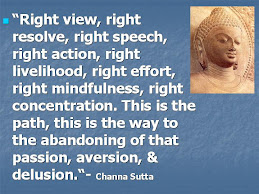

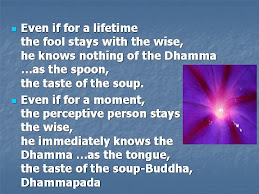



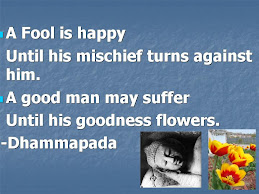
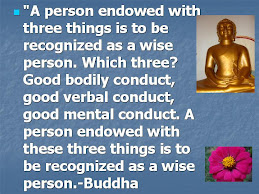

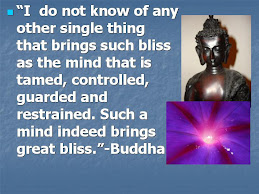
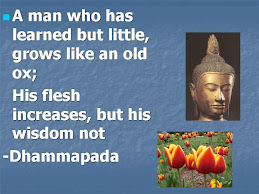
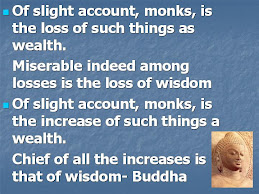
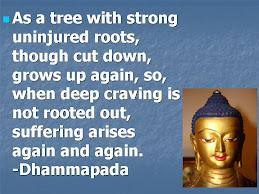
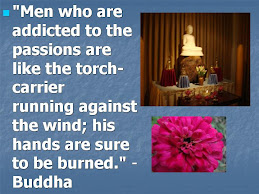


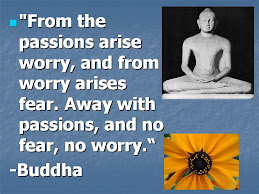
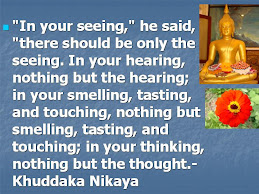




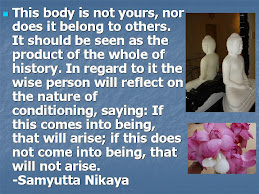
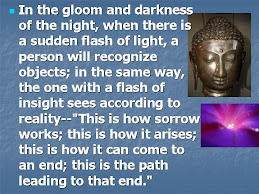
















2 comments:
This is an excellent post Dr. Walpola! You must have studied the Abhidamma.
I run a meditation blog and want to post on the topic of clinging. Your first image looks very appropriate but I could not find it anywhere on the web, so hope you are okay with me using it in my post. I will source that it came from here.
Thank you and metta,
Yuriy
www.meditationcorner.com
Thank you for your comment. No I have not read Abhidhamma. It is generally regarded as scholarly expansion of Buddha Dhamma (teachings of the Buddha). The model I came up after reading sutta (the original available teachings of the Buddha) and with my insight practice. It works well for me. Sure, you can use it in your post with a link to my post.
With Metta
Piyal
Post a Comment